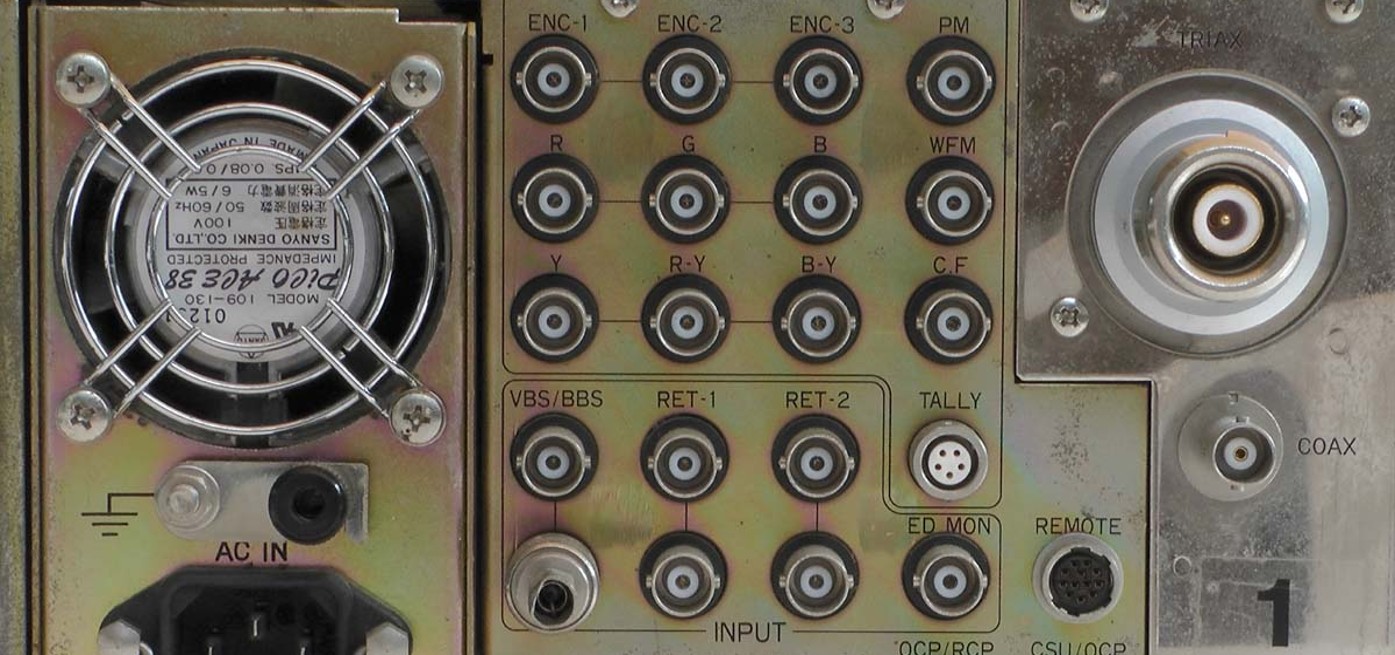
How to Build a GPS Jammer at Your Home
Here’s a step by step guide on how to build your own GPS jammer. Below are the main steps we are going to introduce in

Signal Jammers are commonly used devices in schools, regulatory facilities, and secure units to block mobile phone signals. However, the effectiveness of these jammers can vary depending on the installation environment. This article explores the factors that affect the coverage and performance of Signal Jammers and provides insights into their optimal installation.
Signal Jammers work by emitting interference signals to disrupt the connection between the base station and mobile phones. The closer the mobile phones are to the base station, the more challenging it becomes to block the signals. Consequently, the effective shielding range of the jammer decreases as the distance from the base station decreases.
The materials used for building construction and the presence of metallic and non-metallic objects within the shielded area can significantly impact the effectiveness of Signal Jammers. Walls and other barriers can reduce the jammer’s shielding range by attenuating the signals passing through them.
The power output of the jammer directly affects its shielding range. Higher power output results in a larger coverage area, while lower power output limits the range of the jammer. Therefore, the power output of the jammer should be chosen based on the specific requirements of the installation environment.
In general, Signal Jammers are most effective in open environments where there are no signal towers within a 500-meter radius. If there are nearby base stations or obstructing walls, achieving a reasonable shielding distance becomes challenging. Therefore, the installation of Signal Jammers should be determined on a case-by-case basis, considering the specific circumstances.
Signal Jammers are commonly used in schools, regulatory facilities, and secure units to block mobile phone signals. However, their effectiveness depends on various factors, including the distance from the base station, the environmental conditions of the shielded area, and the power output of the jammer. To ensure optimal coverage and performance, it is crucial to consider these factors when installing Signal Jammers. By doing so, the desired shielding effect can be achieved, providing a secure and controlled environment in which mobile phone usage is restricted.
Our frequency checker tool will help you check all frequency bands used in all country.

Here’s a step by step guide on how to build your own GPS jammer. Below are the main steps we are going to introduce in

In today’s digital age, our lives are more connected than ever before. We rely on our smartphones for communication, entertainment, and information. However, with this

Signal jammers are devices that deliberately transmit signals on the same frequencies as telecommunications and GPS devices, such as mobile phones, GPS trackers, and even

Understanding Signal Blocker: How It Works and Its Applications Signal Blockers are devices that can disrupt mobile phone signals, preventing them from connecting to base

The Application and Benefits of High-Power Signal Jammers Enhancing Signal Blocking Efficiency in Various Environments In today’s technologically advanced world, the need for effective signal

Considerations for Purchasing Exam Room Signal Jammers Ensuring Effective Signal Jamming for Exam Integrity As the year approaches its end, many schools are preparing for

The Importance of Monitoring and Signal Interference Measures During Examinations During examination periods, it is crucial to closely monitor the examination venues and their surrounding

Selecting the Appropriate Cell Phone Jammer for Theaters and Auditoriums Overcoming Challenges in Installation and Maximizing Signal Disruption The Importance of Cell Phone Jamming in

Remote Control of Cell Phone Jammers via Smartphone: A Possibility? With the rapid development of the Internet of Things (IoT), numerous smart home devices have

Supplying high quality signal jamming devices since 2010. The only jammer store you can trust.
Jammer Master © 2024. Premium Signal Jammer Supplier Since 2010.